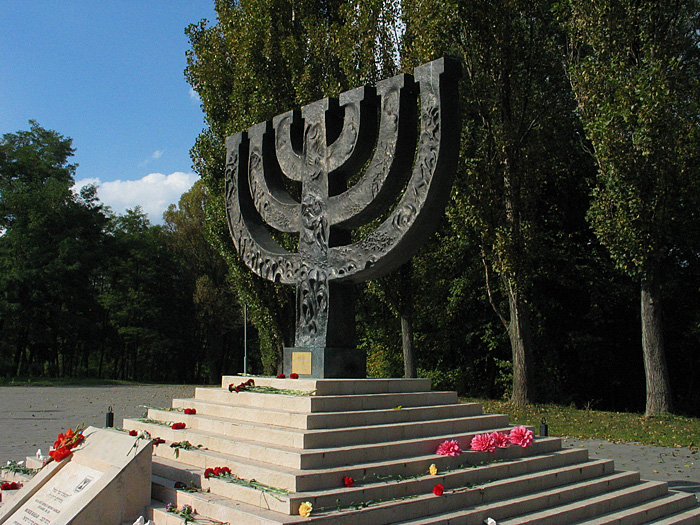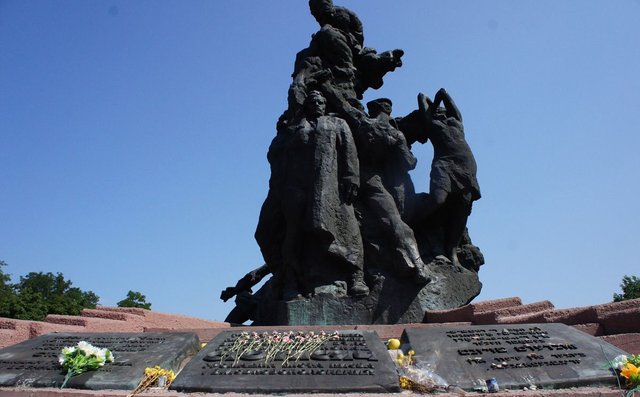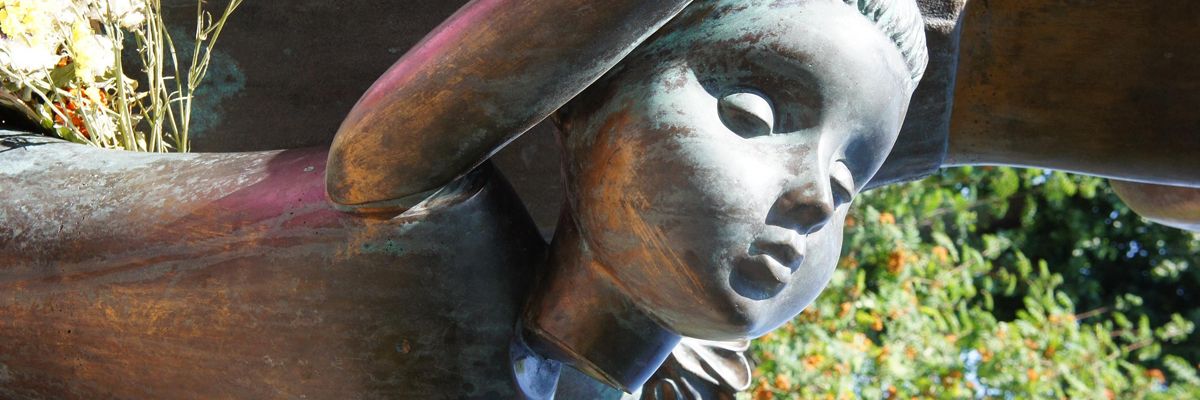Seurasaari
Babiy Yar
Disputes around this tract in Ukraine do not cease today. The existing legend of the Babi Yar is full of contradictions, inconsistencies, and some believe in it unconditionally. One thing is clear: this is a terrible, mournful monument that came to the contemporaries of the Great Patriotic War of 1941-1945.

Babi Yar gained worldwide fame as a place of mass shootings, which the Germans conducted in 1941-1943. Under machine-gun bursts, more than 100,000 people died, mostly Jews, Gypsies, Soviet prisoners of war. Ukrainian scientists believe that the victims were more than 150,000, moreover, children under the age of 3 were also shot, but were not counted. The bodies of the dead were piled into a huge ravine in the north-west of Kiev. Only 29 people were rescued from Babi Yar.

For many years there were no monuments on the site of mass execution, after the war it was customary to remain silent about the tragic place. In March 1961, a technogenic catastrophe took place in Kyiv, taking the lives of 1,500 people. That's when they started talking about "revenge Babi Yar." For 11 years before that, work began on the bay of Yar pulp. The dam, contrary to common sense, was made not of concrete, but of earth. Drainage systems did not work. As a result, a huge wave covered one of the districts of the city. On it, the tragedy was called Kurenevskaya.

The first monument in Babi Yar was established only in 1976. A multi-figure composition of bronze symbolizes shot Soviet people and prisoners of war. Then the USSR was severely criticized by foreign countries for not mentioning the Jews specifically. Only on the 50th anniversary there appeared "Menorah" - a monument to the executed Jews, as they are called in Ukraine. To the menorah is the "Way of Sorrow". Also on the territory of the tract there is an Orthodox church and several crosses - in memory of Orthodox priests, German prisoners of war. Three welded from the iron pipes of the cross of an unknown author with the inscription "And on this place people were killed in 1941. Lord, rest their souls." The most impressive, perhaps, is a monument to the destroyed children. And there are monuments of the mentally wounded - they were 800 people, victims of the Kureniv tragedy.